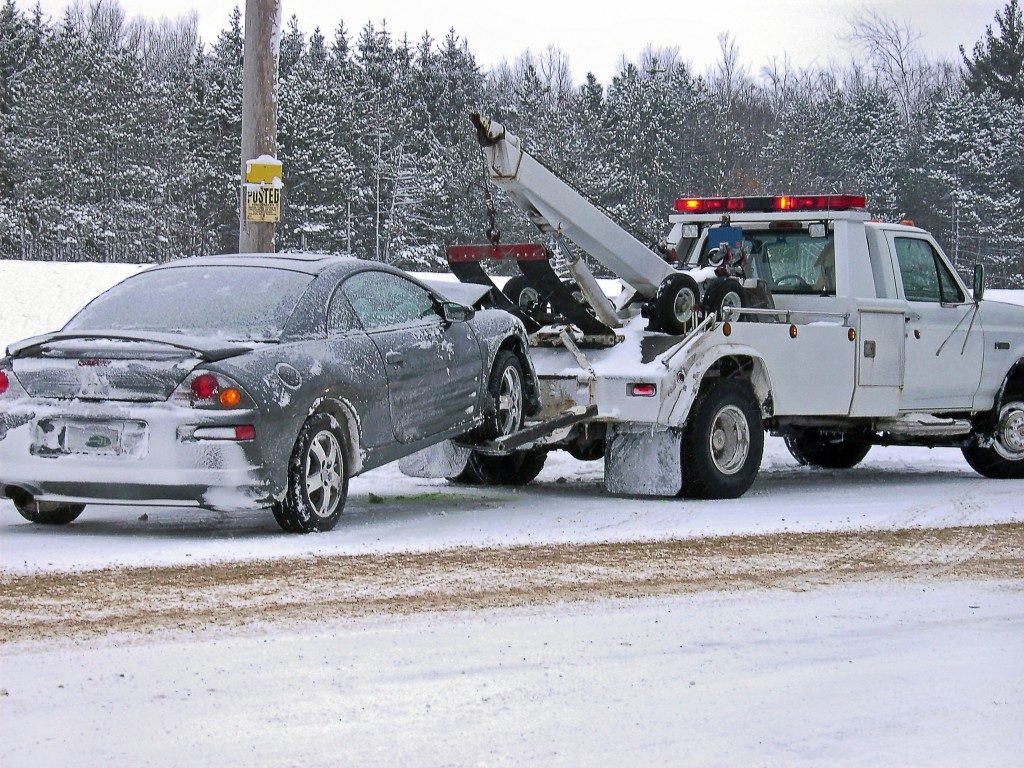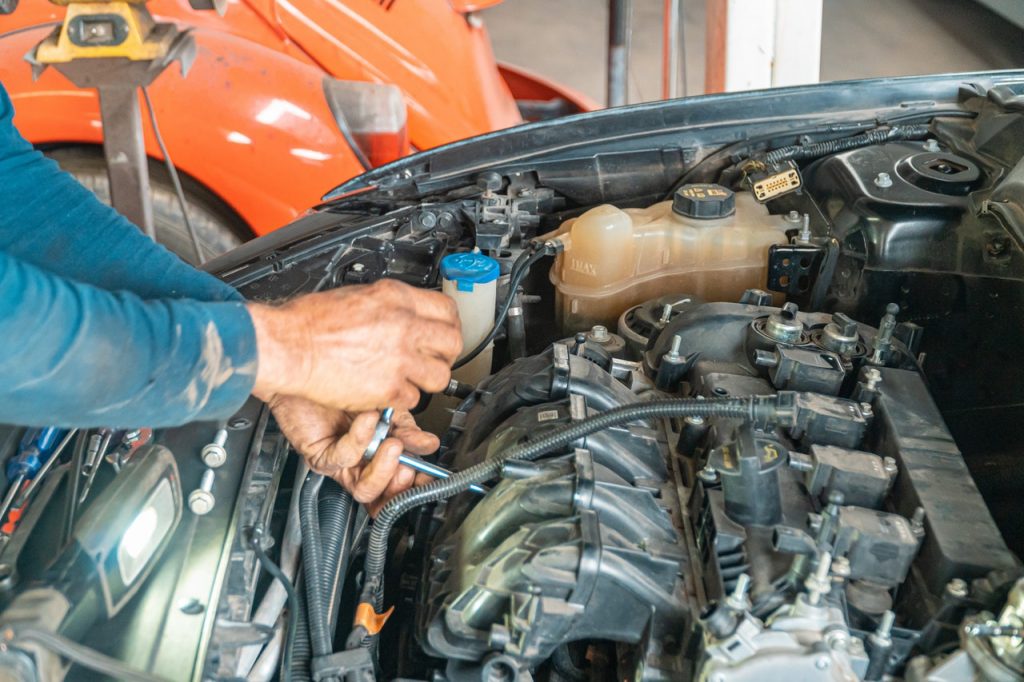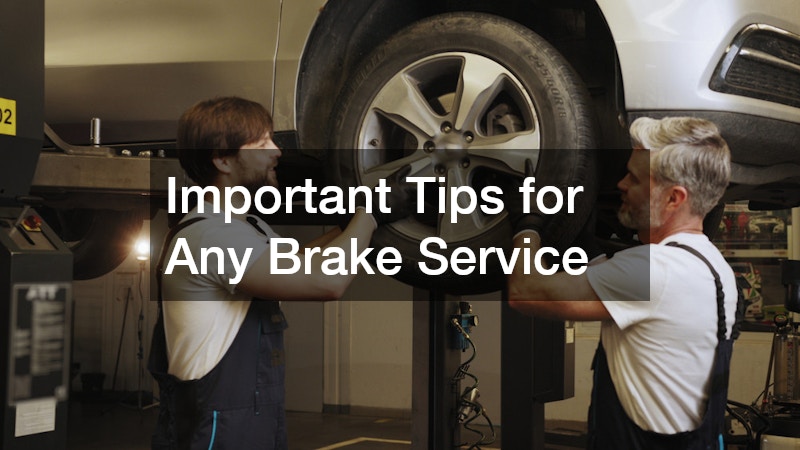Your car’s engine is the beating heart of your vehicle. It gets you going — and stops you dead in your tracks. When it’s at its performance peak, the engine keeps you safe on the road and saves you money at the pump. A problem from any of its components, from a damaged timing belt to a blocked engine radiator, must be addressed immediately as soon as you notice it. One engine issue to look into is ignition coil failure.
What Does an Ignition Coil Do?
The ignition coil plays a crucial part in a fully functioning engine. As part of the ignition system, the ignition coils turn the battery’s low voltage into high voltage.
The transformed voltage then creates an electric spark in the spark plug, igniting the fuel and air mixture in the combustion chamber. In a Chevy SBC 350, the high energy ignition (HEI) does that transformation to enable a proper engine firing order. HEI is an electronic ignition and may replace points type ignition coil packs, which means it’s designed for electronic ignition systems.
Just as different types of ignition coils are available in the market, ignition systems also come in different types. Aside from electronic ignition, engines may also be engineered with conventional breaker-point and distributorless ignition systems.
What are the Symptoms of Ignition Coil Failure?

Ignition coil packs failing will mean your engine’s going to fail you. And when you’re on a long road trip or driving in bad weather, you need your engine to function well. So how do you tell bad coil ignition symptoms?
Rough starts
A car engine that purrs starts right on cue and without much effort. This takes place when the spark plug gets the high voltage it needs to ignite the fuel and air mixture. No spark, no go. Or you’re going to need some more elbow grease to get your car going out of the garage or its parking spot.
Check engine light is on
Sometimes the car will start, and you’ll feel it’s OK. But then that pesky “check engine” light comes on. What is it’s problem? Don’t take it out on the dashboard. Instead, heed your “check engine” light as a warning.
The light turning on could mean problems with your spark plug or it may just a loose fuel cap. Whichever it is, it’s always a good idea to err on the side of caution. So check your engine.
Rough idle
When your engine is in good condition, the car will run like the wind. If the coil pack is degraded, expect a rough ride because it’s running on less power. The car may drop in power, idle roughly or make a weird noise. Your vehicle may also stall, which is the last thing you’ll want while driving during winter.
Engine misfires
A firing order is when the cylinders in the engine block receive a spark from the spark plugs. If your ignition coils are failing, your engine misfires. What happens with an engine misfire? Your vehicle may vibrate or shake as it runs.
Engine backfires
If an engine misfiring is felt, an engine backfiring is heard. It will sound like the engine has firecrackers going off. It could also sound like a mold pop or a throaty gurgle. Whatever kind of sound it makes, don’t let an engine backfire go unchecked because it’ll damage your engine.
Backfiring engines happen when the ignition coil is failing, combustion occurs outside the combustion cylinder, or when defective fuel pump or dirty fuel filter affect fuel and air mixture.
If you haven’t observed any of the above symptoms, you can still run a check on your ignition coil to make sure it’s not going to be a problem on the road.
How to Test Ignition Coil

An ignition coil test will tell you if you’re dealing with a damaged ignition coil pack, maybe they’re just weak or they could be totally faulty.
Some tools you may want are:
- Multimeter
- Spark tester
- OBD scanner
All tools help to diagnose the condition of your coil pack. The OBD scanner allows you to figure out which cylinder has the problem. Then remove the ignition coil with the issue and inspect it for damage or wear and tear.
The multimeter allows you to look into the resistance on the the primary and secondary circuits. Read your car’s manual to find out the right resistance reading for both circuits.
The spark tester helps you diagnose the ignition coil during operation or simulate load while running a test.
If you’re not the DIY type, take your car to an auto repair shop. Because then if there’s a major problem with the ignition coil packs, they can replace it.
How Much is an Ignition Coil Replacement?
An ignition coil replacement is not as costly as you may think. A professional mechanic may charge you a low of $94 to a high of $270 for labor. Yes, that means the cost of the vehicle ignition parts will be another cost.
Some ignition coil packs could be as pricey as over $600 whereas others may be as low as $20.
How much you spend for an ignition coil replacement will depend on your car, the brand of ignition it carries and the ignition system of your vehicle.
The Ignition Coil: Small but Necessary
Every car needs this small part to keep engines running as they should. When it’s in good condition, the ignition coil pack ensures maximum power to the engine, reliable starts, excellent mileage and a good performance for your vehicle. In all, a good ignition coil also means your safety on the road.





